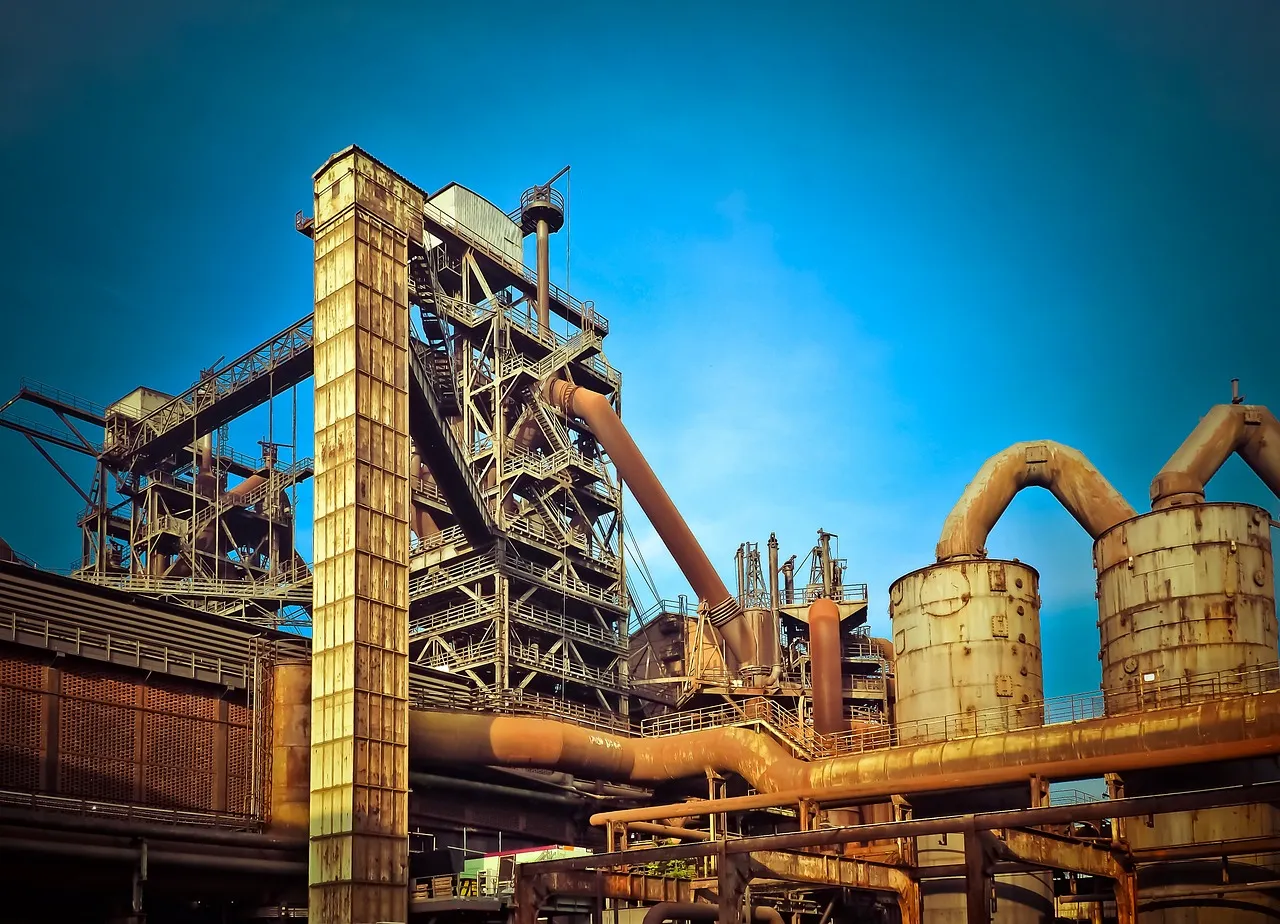In every industrial process, the control of fluid flow is critical to ensure efficient and safe operation. This is where filter and control valves play a crucial role. These devices regulate the flow of fluids in pipelines, tanks, and other equipment to maintain optimal operating conditions.
To gain a better understanding of how filter and control valves work, we will discuss their functionality, types, and common issues that require monitoring in industrial applications.
Functionality of Filter Valves
Filter valves are designed to remove impurities from fluids before they enter the downstream process or equipment. These impurities can include particles, sediments, contaminants, and other debris that can cause clogging, erosion, or damage to sensitive components.
The primary function of filter valves is to protect downstream equipment and ensure the quality and purity of the fluid being used in industrial processes. They achieve this by trapping or filtering out impurities while allowing the clean fluid to pass through.
Different types of filter valves are available, including strainers, cartridge filters, bag filters, and automatic self-cleaning filters. Each type has its unique design and features to suit specific applications and requirements.
Functionality of Control Valves
Control valves are responsible for regulating the flow, pressure, temperature, or level of fluids in pipelines and equipment. They achieve this by opening, closing, or adjusting the size of the valve’s opening based on a control signal from a sensor or controller. This allows for precise control and adjustment of fluid flow to maintain optimal process conditions.
Additionally, control valves can also act as a safety mechanism by shutting off the flow of fluids in case of emergencies or abnormal operating conditions. This helps prevent accidents, equipment damage, and costly downtime.
Similar to filter valves, there are different types of control valves available in the market, including globe valves, butterfly valves, ball valves, and gate valves. Each type offers unique characteristics and is suitable for different applications.
Common Issues with Filter and Control Valves
To ensure the efficient operation of filter and control valves, regular monitoring and maintenance are necessary. Some common issues that may arise in these devices include clogging, leakage, corrosion, erosion, and wear. These issues can significantly impact the performance and lifespan of valves if left unchecked.
One crucial aspect to monitor in both filter and control valves is their pressure. Pressure gauges are essential instruments used for measuring and monitoring the pressure of fluids in pipelines and equipment. They provide valuable information on the condition, flow rate, and efficiency of valves.
Regularly checking pressure gauges can help identify if there are any issues with the valves, such as blockages, leaks, or malfunctions. This allows for timely maintenance and repairs to prevent further damage or potential hazards.
Another critical aspect to monitor is the maintenance schedule of filter and control valves. Regular cleaning, inspection, and replacement of worn-out parts are necessary to ensure their optimal performance. Monitoring the maintenance schedule can help avoid unexpected failures and costly downtime.
Maintaining Effective Monitoring and Control
To ensure effective monitoring of filter and control valves, it is essential to use reliable instrumentation and automation solutions. This can include pressure gauges, flow meters, temperature sensors, and controllers that provide real-time data on valve performance.
Furthermore, implementing a predictive maintenance program can help with the early detection of potential issues in valves before they become major problems. This involves using advanced sensing technologies and data analytics to predict when maintenance is required, thus preventing downtime and reducing maintenance costs.
In conclusion, filter and control valves play a critical role in industrial applications. Understanding their functionality, types, and common issues that require monitoring can help ensure their efficient operation and longevity. By implementing effective monitoring and maintenance practices, industries can maintain optimal process conditions, reduce downtime, and improve safety.
